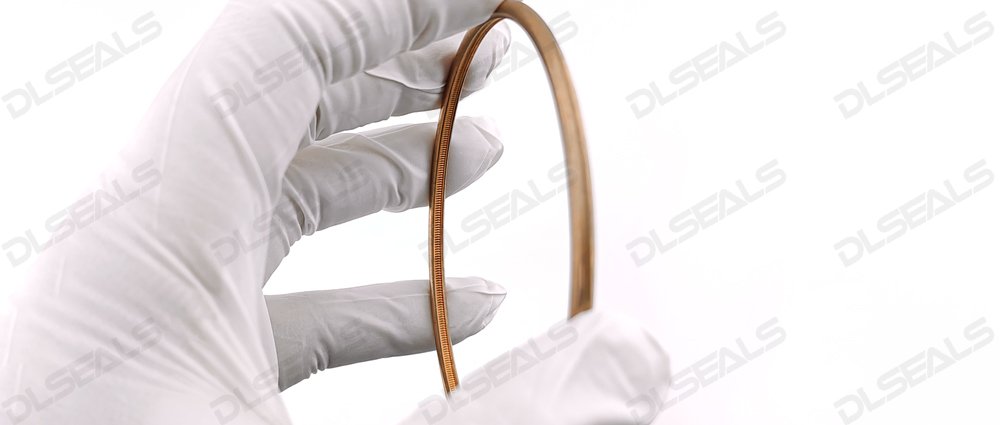Rubber seals and metal seals are two common types of seals used in various industries, each with its own set of advantages and disadvantages. In this ultimate showdown, we’ll explore the differences between rubber seals and metal seals to help you make an informed decision for your sealing needs.
Rubber Seals:
Rubber seals, typically made from materials such as nitrile, silicone, or fluorocarbon rubber, offer excellent flexibility and resilience. They are ideal for applications where sealing against fluids, gases, or contaminants is crucial. Rubber seals are known for their:
Flexibility: Rubber seals can conform to irregular surfaces, making them suitable for uneven or non-standard sealing applications.
Sealing Performance: Rubber seals provide reliable sealing against a wide range of fluids and temperatures, making them versatile in various industries.
Cost-Effectiveness: Rubber seals are often more cost-effective than metal seals, making them a preferred choice for budget-conscious projects.
Metal Seals:
Metal seals, typically made from materials such as stainless steel or aluminum, offer superior durability and resistance to extreme temperatures and pressures. They are commonly used in high-performance applications where reliability is paramount. Metal seals are known for their:
Durability: Metal seals are highly durable and can withstand harsh environments, including high temperatures, pressures, and corrosive substances.
High-Temperature Resistance: Metal seals excel in applications where sealing at extreme temperatures is required, making them suitable for aerospace, automotive, and industrial applications.
Longevity: Metal seals have a longer lifespan compared to rubber seals, reducing the frequency of replacement and maintenance costs over time.
Conclusion:
Both rubber seals and metal seals have their own unique advantages and applications. Rubber seals offer flexibility, cost-effectiveness, and versatility, while metal seals provide durability, high-temperature resistance, and longevity. When choosing between the two, consider the specific requirements of your application, including environmental factors, performance expectations, and budget constraints, to determine the most suitable sealing solution for your needs.
Post time: May-30-2024

